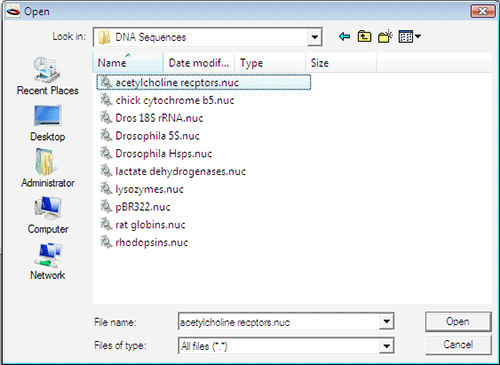

Maddison and Maddison, 2001, 2009 Jones and Blaxter, 2006 Roure et al., 2007 Goloboff et al., 2008 Smith and Dunn, 2008), but the concatenation tools are generally not particularly user-friendly, often do not preserve character set or codon position information, have limitations on the number of partitions that can be concatenated, and/or make it difficult for the user to check for concatenation errors.
#GENE CONSTRUCTION KIT 2 FILE SOFTWARE#
Many software packages are capable of concatenating individual character and gene files into such sets (e.g. Modern phylogenetic analyses typically infer relationships using multi-gene datasets. SequenceMatrix is Java-based and compatible with the Microsoft Windows, Apple MacOS X and Linux operating systems. One tool lists identical or near-identical sequences within genes, while the other compares the pairwise distance pattern of one gene against the pattern for all remaining genes combined. SequenceMatrix also includes two tools that help to identify sequences that may have been compromised through laboratory contamination or data management error. Data matrices can be re-split into their component genes and the gene fragments can be exported as individual gene files. Entire taxa, whole gene fragments, or individual sequences for a particular gene and species can be excluded from export. SequenceMatrix also creates taxon sets listing taxa with a minimum number of characters or gene fragments, which helps assess preliminary datasets. Matrices with hundreds of genes and taxa can be concatenated within minutes and exported in TNT, NEXUS, or PHYLIP formats, preserving both character set and codon information for TNT and NEXUS files.

Alternatively, GenBank numbers for the sequences can be displayed and exported. A multi-gene dataset is concatenated and displayed in a spreadsheet each sequence is represented by a cell that provides information on sequence length, number of indels, the number of ambiguous bases (“Ns”), and the availability of codon information. Genes are concatenated by dragging and dropping FASTA, NEXUS, or TNT files with aligned sequences into the program window. *Parts of this article were derived from the SnapGene website.We present SequenceMatrix, software that is designed to facilitate the assembly and analysis of multi-gene datasets. Contact the HSLS Molecular Biology Information Service with any additional questions. The FAQs also provide support related to files, features, primers, and more. The user guide offers extensive lessons ranging from searching and colors, to enzymes and restriction cloning & linear ligation. Register for SnapGene and check out the tutorial videos.

Just select the DNA fragments to fuse, and SnapGene will design the primers.



 0 kommentar(er)
0 kommentar(er)
